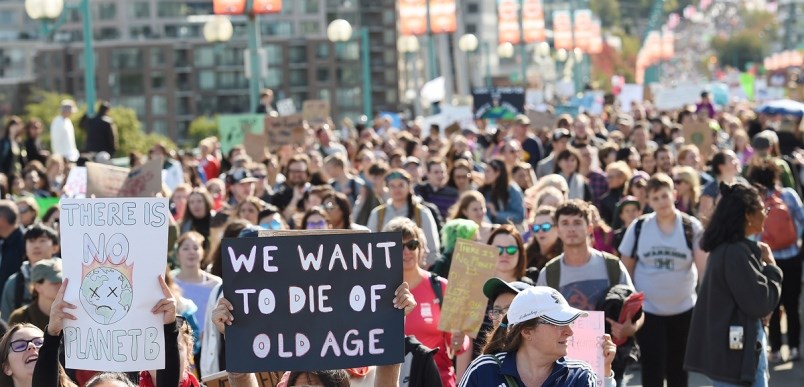The Force of Nature Alliance deserve kudos for bringing the world’s climate concerns to city councils.
Nothing gets city councillors to sit up and take notice like a group of committed citizens and by putting climate change on the municipal agenda, this group ensures the issue stays top of mind.
And while the group is disappointed that only Port Moody council made the declaration that there is a climate emergency, Force of Nature should recognize it has won an important battle by raising the issue at the local level and getting city councillors to admit they are accountable, to a certain degree, for cutting carbon.
Coquitlam, for example, has agreed to consider the Intergovernmental Panel on Climate Change targets in its environmental sustainability plan, to look at what would need to be done and include the costs.
Port Coquitlam, meanwhile, argued, most forcefully, that the group should be taking its concerns to senior governments that have more money and clout but agreed the city plays a role and continues to do more on the issue.
Still, there is no question that everyone will need to do more, the question is how much.
Global temperatures have risen nearly 0.9 C since the late 19th century, with some areas more affected than others. The Arctic is in danger of melting and creating a feedback loop that will make matters worse while B.C. has seen changes already with forest fires and storms.
To keep global warming within 1.5 C, as mandated by the Paris Agreement, a 45% reduction in greenhouse gases (GHGs) from 2010 levels will be needed by 2030. Achieving those targets would require big changes in behaviour and significant community action.
“Population growth, economic growth and hyper-consumerism are really what has been driving emissions through the roof over the past few decades,” Nelson Bennett of Business in Vancouver recently noted in an article headlined “What we need to do to cut 45% by 2030.”
Coquitlam, PoCo and PoMo councils recognize there is a cost to reducing carbon and adapting to climate change. The question is, how much can local taxpayers afford?
Vancouver, for example, recently passed a budget with a 7% tax hike, a portion of it for climate mitigation and adaptation strategies. That tax increase is about double what the Tri-Cities are planning, and unless costs for addressing climate change are shared with senior levels of government, the average property owner will sink under the weight of taxes.
That's why city councillors are reticent about issuing proclamations and establishing targets without a clear understanding of the costs.
But while the cities may be reticent in making specific statements, all agree the issue must be tackled.
Now is the time for Force of Nature to turn to citizens and ask them what they are willing to pay and what changes they are willing to make to keep global warming to a minimum.
Keeping this dialogue going will be essential in the coming days, months and years.



